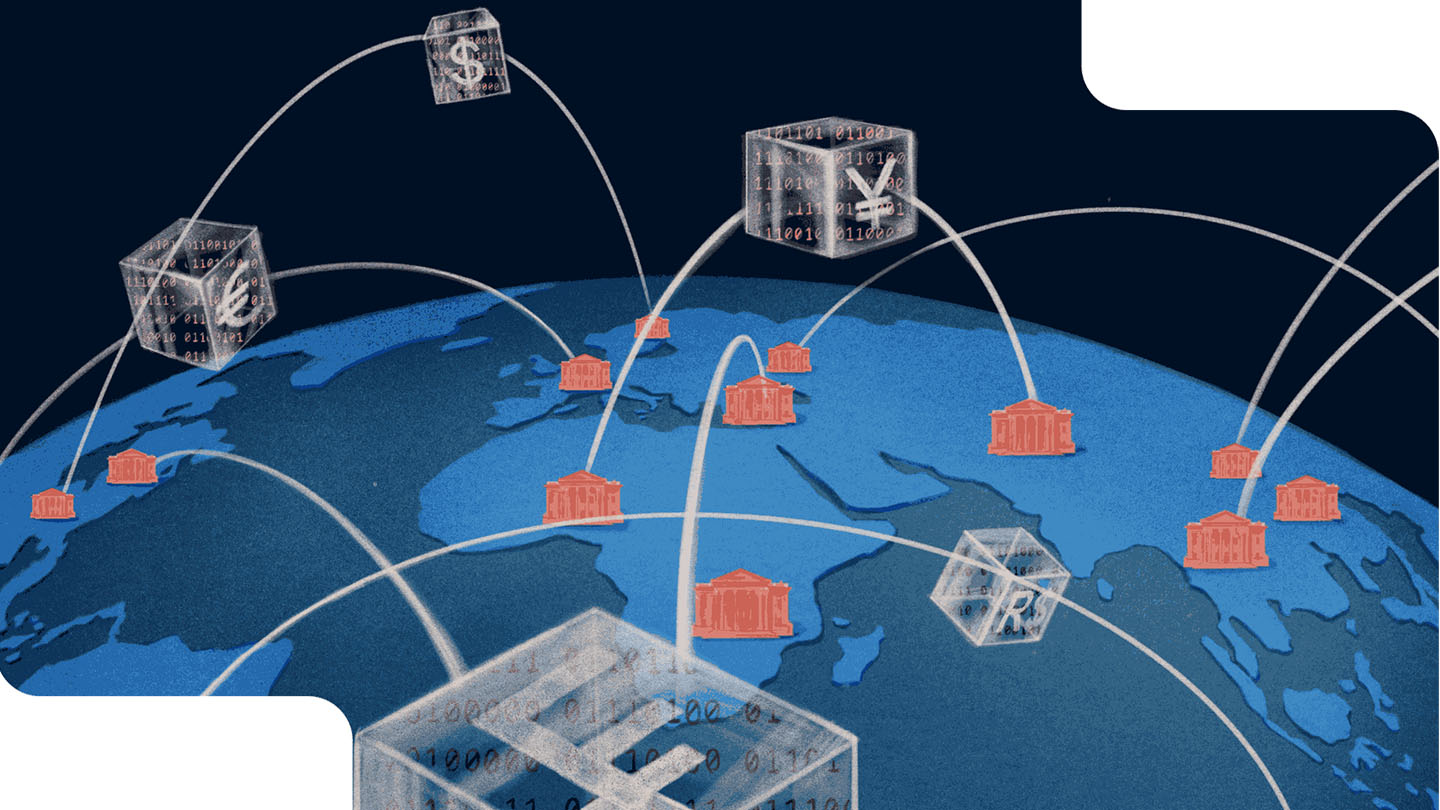#QuickbiteCompliance day 202
🌍 Cross-Border Payments: The Secret Highways of Financial Crime 🚨
Imagine you have a toy car you want to move from your room to your friend’s house next door. You could carry it yourself, or send it through a secret tunnel. Now, think of money moving between countries like that toy car—except sometimes, bad actors use real tunnels (or sneaky digital tricks) to hide their tracks. Let’s break it down!
How Do Criminals Exploit Cross-Border Payments?
1️⃣ Cash Smuggling in Suitcases: Picture someone stuffing a suitcase with cash and flying to another country. No digital trail! This “old-school” method helps criminals buy illegal goods, fund harmful activities, or hide wealth.
2️⃣ Fake Invoices for Fake Money: A business claims it’s paying a supplier in another country, but the supplier doesn’t exist. The money vanishes like magic—poof! 💸
3️⃣ Tiny Transactions, Big Trouble: Criminals split large sums into small amounts (like breaking a cookie into crumbs) to avoid detection. This is called “structuring” and tricks banks into ignoring the crumbs.
4️⃣ Crypto’s Dark Side: Digital currencies can be moved globally in seconds. Criminals use privacy-focused coins or mixers to blur where the money came from.
Why Does This Matter?
Every time dirty money slips through borders, it fuels crime, hurts economies, and makes life harder for honest people. But here’s the good news: smart tools are fighting back!
✨ #InclusiveRegtech ensures even small businesses can afford tools to spot risks.
✨ #OpenSourceAML lets experts worldwide collaborate, like superheroes sharing blueprints to stop villains.
Together, we can turn these secret highways into dead ends. 🛑
Learn more about fighting financial crime: [ACAMS Glossary](https://www.acams.org/en/resources/aml-glossary-of-terms)
#100HariNulis #FinancialCrime #Payments #AML #Regtech
—
P.S. Think of cross-border payments like a game of tag—everyone needs to play by the rules to keep it fair! 😊

